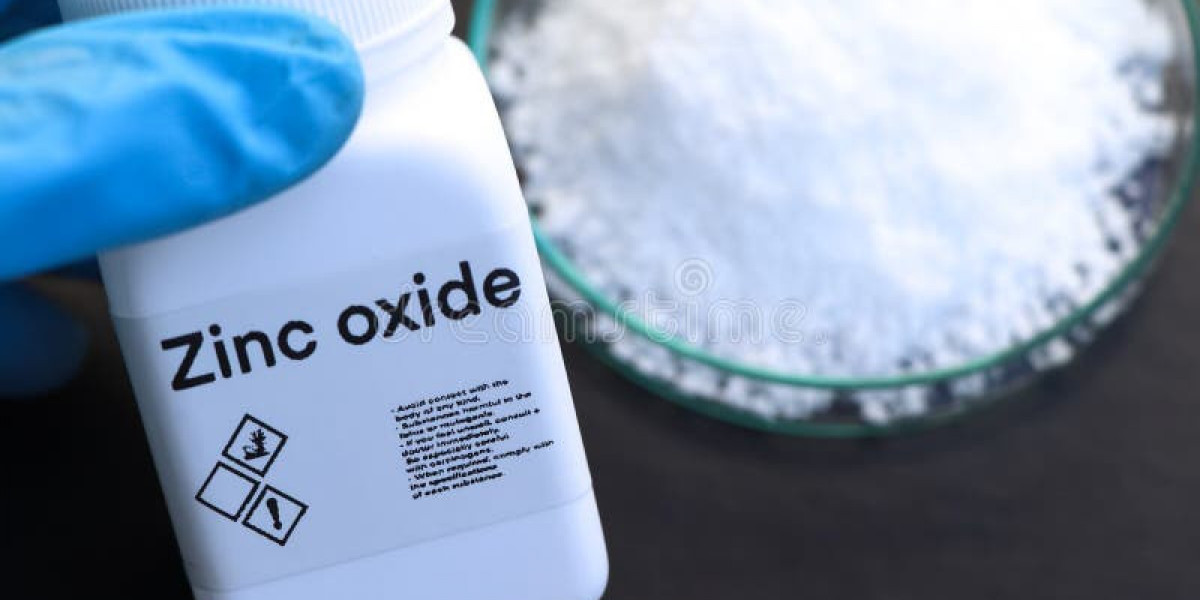Introduction
The zinc oxide market is undergoing a transformation driven by advancements in nanotechnology and the development of high-performance applications. Nano zinc oxide, with its enhanced chemical and physical properties, is finding widespread use in diverse industries, including healthcare, electronics, coatings, and energy storage. This article explores the latest innovations in the zinc oxide market and how nanotechnology is shaping the future of this versatile material.
The Rise of Nano Zinc Oxide
Nanotechnology has enabled the production of ultra-fine zinc oxide particles, typically in the range of 1 to 100 nanometers. Compared to conventional zinc oxide, nano zinc oxide exhibits unique properties such as:
Superior UV Absorption: Making it ideal for sunscreens and protective coatings.
Enhanced Antibacterial and Antifungal Properties: Increasing its use in medical and personal care products.
Improved Electrical and Thermal Conductivity: Expanding its applications in electronics and energy storage.
Higher Reactivity: Beneficial for catalysts and advanced chemical processes.
Key Innovations and Applications
1. Healthcare and Pharmaceuticals
Nano zinc oxide is increasingly used in medical applications due to its antimicrobial and anti-inflammatory properties. It is a key ingredient in wound dressings, antimicrobial coatings, and drug delivery systems. Research is also exploring its potential in cancer therapy and regenerative medicine.
2. Cosmetics and Sunscreens
Traditional sunscreens often rely on chemical UV filters, which can cause skin irritation. Nano zinc oxide provides a safer alternative with broad-spectrum UV protection, making it a preferred choice in sunscreens, lotions, and personal care products.
3. Electronics and Sensors
With the demand for miniaturized and high-performance electronic components, nano zinc oxide is being used in transistors, sensors, and optoelectronic devices. Its semiconductor properties make it essential in advanced display technologies and flexible electronics.
4. Energy Storage and Batteries
Researchers are exploring the use of nano zinc oxide in lithium-ion batteries and fuel cells to enhance energy storage capacity and improve battery longevity. Its high surface area and conductivity make it a promising material for next-generation energy solutions.
5. Coatings and Paints
Nano zinc oxide enhances the durability and functionality of coatings by providing superior UV resistance, antimicrobial protection, and self-cleaning properties. It is widely used in protective coatings for buildings, vehicles, and textiles.
Challenges and Future Prospects
Despite its potential, the adoption of nano zinc oxide faces challenges such as regulatory approvals, production scalability, and cost-effectiveness. However, continuous research and development are expected to overcome these hurdles, leading to more widespread adoption in commercial applications.
Conclusion
Nanotechnology is revolutionizing the zinc oxide market by unlocking new capabilities and expanding its application scope. From healthcare to energy storage, nano zinc oxide is playing a crucial role in advancing technology and improving product performance. As innovations continue, the market is set to witness significant growth, making zinc oxide an indispensable material for the future.









